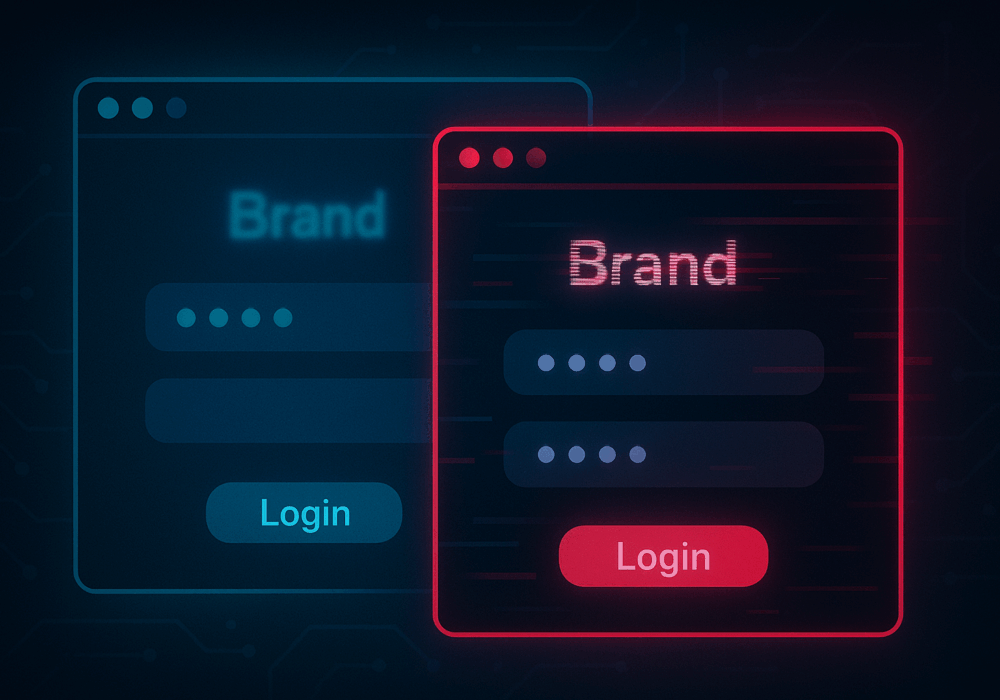This guide explains how the Customer HootScore works. It describes what it measures, how it is calculated, and how you can use it to understand training engagement and performance across your entire customer account.
The Customer HootScore is a score from 0 to 100 that shows how well the entire organization is performing in its security training program. It combines multiple factors across all active users to provide a single, simple measurement of overall training completion and quality.
The Customer HootScore measures four main areas:
Completion Rate
How many training assignments have been completed out of all assigned.
Attempts
How many attempts users needed to complete their training.
Timeliness
Whether users completed their training by the due date.
User Performance
It also rewards having many high-performing users and penalizes having many low-performing users.
Here is a simple breakdown of the calculation steps:
Count all active users and all training assignments
The system collects:
All active users
All training assignments (except surveys)
Whether each assignment was completed and on time
How many attempts each user needed
The user’s own HootScore for individual performance classification
Calculate the basic completion rate
This is the percentage of completed assignments out of all assignments.
Calculate the average attempts per training
Fewer attempts is better. More attempts slightly lower the final score.
Calculate the timeliness rate
This is the percentage of completed assignments that were submitted on time.
Count high and low performers
Users with an individual HootScore of 90 or higher are high performers.
Users with an individual HootScore of 60 or lower are low performers.
Apply a bonus and penalty
Bonus:
Each high performer adds up to a 10% boost.
High on-time rates add up to a 5% boost.
Penalty:
Each low performer applies up to a 5% reduction.
Having higher average attempts applies up to a 5% reduction.
Combine all values
Final Score = Completion Rate + Bonus − Penalty
The score is capped so it can never be less than 0 or more than 100.
When you check the Customer HootScore, you will see:
HootScore: The final organization-wide score from 0 to 100.
Completed Assignments: The number of unique training items that have been completed.
A higher score means most users are completing training on time, using fewer attempts, and scoring well individually.
A lower score may mean:
Many overdue or incomplete assignments.
Many users require multiple attempts.
Many users with low individual scores.
Track trends over time: Watch the score each month to ensure training completion stays high.
Identify problem areas: If the score drops, look at who is not completing assignments or who needs help passing tests.
Reward good performance: Celebrate teams or departments with consistently high scores.
Autopilot administrators can see customer rankings and HootScore details by viewing the ‘HootRanks’ page, found in the ‘Next?’ section under the customer dashboard. Currently, a HootRanks dashboard is NOT available for Power deployments.
For questions about the scoring logic, or help interpreting or improving your Customer HootScore, please contact our support team.
Discover and share the latest cybersecurity trends, tips and best practices – alongside new threats to watch out for.

In cybersecurity, not all attacks happen through fancy malware or zero-day exploits. Some of the most effective...
Read moreGet sharper eyes on human risks, with the positive approach that beats traditional phish testing.
